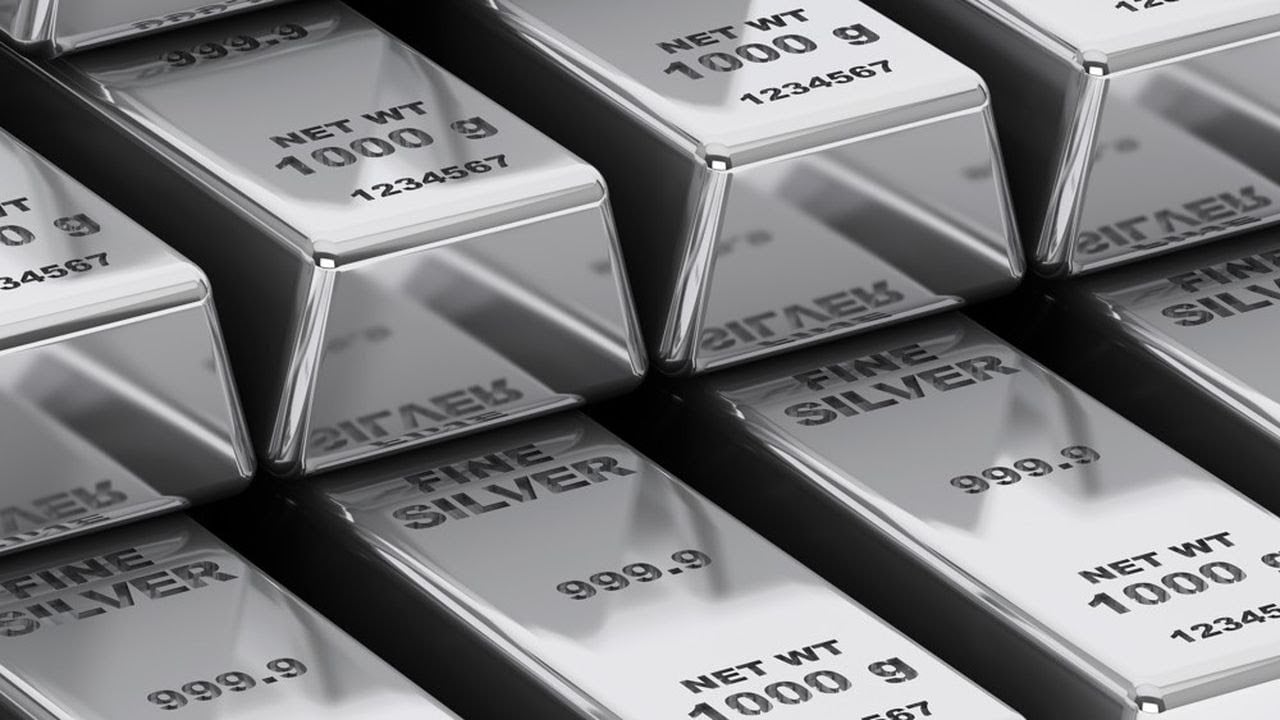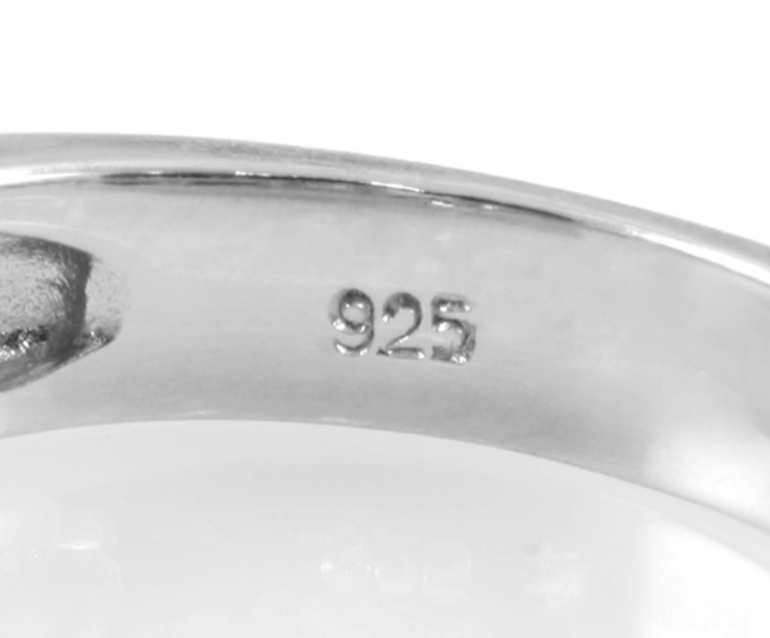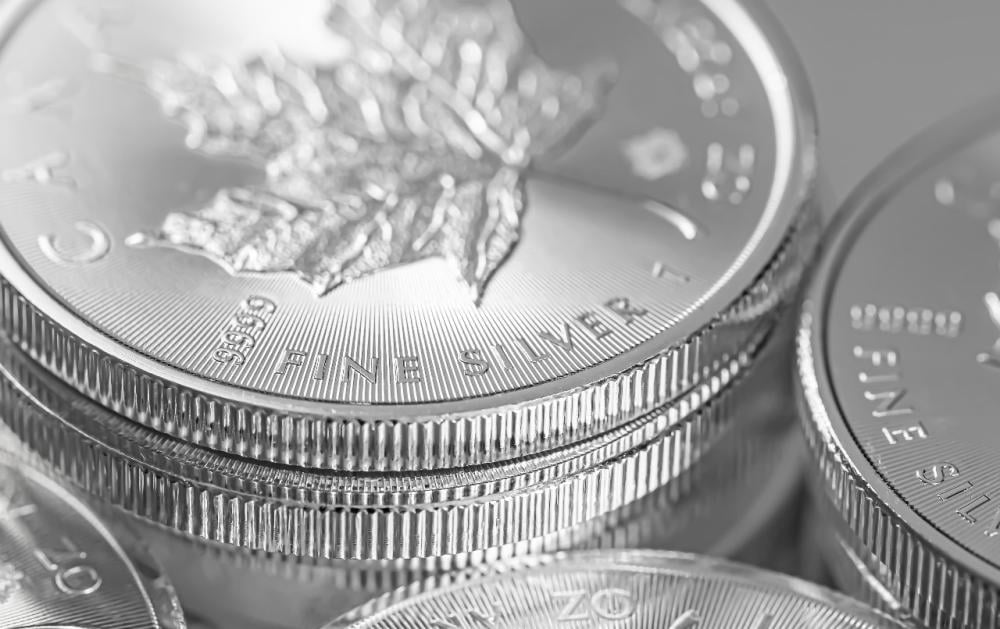When it comes to luxury accessories, genuine silver is always the go-to choice for beauty and style lovers. With its subtle sheen and durability, silver is an exceptional piece that adds a unique touch to every look. As the use of silver in accessories increases, so does the prevalence of fake silver, making it essential to know how to distinguish between real and fake silver. In this article, we will take you on a detailed tour of the best ways to spot authentic sterling silver and how to maintain it.
Why is it important to know the difference between real and fake silver?
When it comes to buying jewelry and accessories, knowing the difference between real and fake silver is not just about price, but also about quality, durability, and long-term value. Choosing the best silver is an investment in a piece that will continue to shine for years, while fake pieces can quickly lose their luster and become useless after a short period.
Here are some key reasons why it's important to know this difference:
1. Preserving investment value
When you buy real silver, you are investing in a precious metal that can maintain or even increase in value over time. Sterling silver with silver symbols such as “925” indicates that the piece contains 92.5% pure silver, meaning it will remain a luxurious and valuable piece for a long time. In contrast, fake silver quickly loses its value and becomes undesirable after the thin silver layer covering the cheap metal wears away.
2. Quality and durability
Genuine silver, especially sterling silver, has a quality and durability that will last for many years if properly cared for. Fake silver, such as plated silver, may look great at first but quickly wear out and become damaged, making it unsuitable for long-term use. Identifying the karat of silver through symbols such as “925” helps you be sure you’re buying a high-quality piece that’s worth the investment.
3. Avoid skin allergies.
Genuine silver is safe for everyday use as it contains very little other metals. On the other hand, fake silver often contains metals such as nickel that can cause skin irritation and allergies. So, choosing sterling silver ensures a comfortable and safe experience without risking your health.
4. Maintain shine and beauty
Genuine silver has the unique ability to retain its natural luster for long periods of time, and can be easily cleaned and restored to its shine when oxidized. Fake silver, on the other hand, loses its luster quickly and may become dull or have the silver coating worn away, making the piece look old and unattractive. For this reason, understanding the difference between these types of silver will ensure that you have a piece that will retain its beauty over time.
5. Distinguish between different types
Knowing the difference between real and fake silver also helps you distinguish between the different types of silver available in the market. For example, sterling silver is the highest quality silver and is the most commonly used type in jewelry making , while other less pure or plated types are less valuable and more susceptible to external factors.
Genuine silver has several properties that make it the perfect choice for lovers of luxurious and sustainable accessories. So when you are thinking about buying silver, make sure you choose from a reliable source, such as Verona , which provides guaranteed 925 sterling silver pieces, to ensure that you are getting the quality you deserve.

What are the silver symbols?
Silver is considered one of the precious metals that distinguishes the world of jewelry and accessories. To ensure the authenticity of silver pieces, distinctive symbols are printed on them that indicate the caliber and quality of the silver. Here are the most prominent symbols of authentic silver that you should know:
- 925: One of the most common silver symbols, it indicates that the piece contains 92.5% pure silver.
- Sterling: The word "Sterling" printed on the piece indicates that the silver is a high quality sterling silver.
- 900: Refers to silver grades that contain 90% pure silver.
- 800: Indicates that the piece is made of 80% pure silver, and is usually used in household items more than jewelry.
- Artisan Symbols: Sometimes the piece is stamped with a symbol representing the piece's maker or country of origin.
The most important differences between real and fake silver
When it comes to buying silver, distinguishing between real and fake silver can be confusing for some, especially with so many types of silver available in the market. Understanding the key differences between real and fake silver can help you make smart purchasing decisions and avoid low-quality products. Here are the most important differences to consider:
The first difference: Purity and carat of silver
The first and most important difference between real and fake silver is the silver's karat. Real sterling silver, or sterling silver , is 92.5% pure silver. If the piece has the number 925 or the word "Sterling" on it, it's a strong indicator that it's real silver. Fake silver, on the other hand, is usually made from cheaper metals like nickel or copper and plated with a thin layer of silver.
The second difference: the presence of silver symbols
Silver symbols are an important sign of a piece's authenticity. Genuine silver usually has an official stamp indicating the percentage of silver in the piece, such as the number 925. In contrast, fake pieces may not have any stamps, or carry misleading symbols indicating non-precious metals.
Read also: The difference between sterling silver and other metals in jewelry design
The third difference: color and luster
Genuine silver has a distinctive, lustrous shine that does not fade easily with use. If you notice that your piece tarnishes quickly or looks dull after a short period of time, it may be fake. Fake silver often has a thin layer of silver over a cheaper metal, which causes it to wear and lose its shine quickly.
The fifth difference: weight and gravity
Genuine silver, especially sterling silver , has a reasonable weight that gives the piece a heavier feel than fake silver. The cheaper metals used in fake silver are usually lighter in weight, making it possible to tell the difference between real and fake silver by weight.
The fifth difference: the price
Price is one of the most important indicators of the quality of silver. If you find a piece of silver being sold for a very low price compared to the usual market value of real silver, this may be an indication that the piece is fake. Real sterling silver requires pure metals and careful workmanship, which increases its price compared to cheaper alternatives.
These are the most important differences that you can easily distinguish between real silver and fake silver, whether you are looking for accessories or luxury pieces . Always remember to look for silver symbols and check the silver karat before making a purchase decision to ensure you get a high-quality piece that will last for years.

3 Simple Steps to Care for Different Types of Silver
Genuine silver requires special care to maintain its luster and quality. Whether you own sterling silver or other types of silver jewelry, following a few simple steps can help maintain its appeal and extend its life.
- Use a soft, silver-polishing cloth to clean it periodically. Gently rub the piece to remove dirt and restore its natural shine. Avoid using harsh chemical cleaners that may damage the silver symbols or discolor the metal.
- Avoid exposing genuine silver to perfumes, cosmetics, or chlorinated water. These substances can discolor the silver over time and cause it to lose its shine, especially on less pure silver .
- To protect silver pieces from corrosion and oxidation, it is recommended to use special bags containing anti-oxidation materials. This helps keep the piece shiny for a longer period without the need for frequent cleaning.
Frequently Asked Questions About Genuine and Fake Silver
1. How do I know silver?
You can tell if silver is real by looking for hallmarks like "925" which signifies sterling silver, doing a magnet test (since silver is not magnetic), or using an acid test to check for purity. Real silver is usually heavier and shinier than fake silver.
2. Is there silver without a stamp?
Genuine silver is rarely found without a stamp. High-quality silver, especially sterling silver, usually comes with a stamp such as “925” indicating the purity of the silver. However, some older or handmade pieces may be found without a stamp, so other methods must be used to check the purity of the silver.
3. What does a silver stamp look like?
A silver stamp is usually a number engraved on the surface of the piece, often "925" to indicate that the piece is made of 92.5% pure sterling silver. Some pieces may also have letters such as "Sterling" or silver symbols to indicate the country of manufacture or the craftsman who made it.
4. Does 925 silver change color?
Yes, 925 silver may oxidize over time and acquire a dark or blackish color, this happens due to exposure to air and moisture. However, this does not affect its quality and it can be easily cleaned with silver cleaning tools to restore its shine.
5. How do you recognize silver symbols?
Silver symbols are usually located in an inconspicuous place on the piece, such as the back or inside sides. Common symbols include “925” for sterling silver, or other symbols that indicate the karat of silver or the manufacturer.
With these tips and guidelines, you will be able to confidently identify real silver and avoid falling into the trap of buying fake silver. Always remember that silver is a long-lasting investment, so it is essential to make sure to buy silver from reliable sources such as Verona to ensure you get the best quality.

